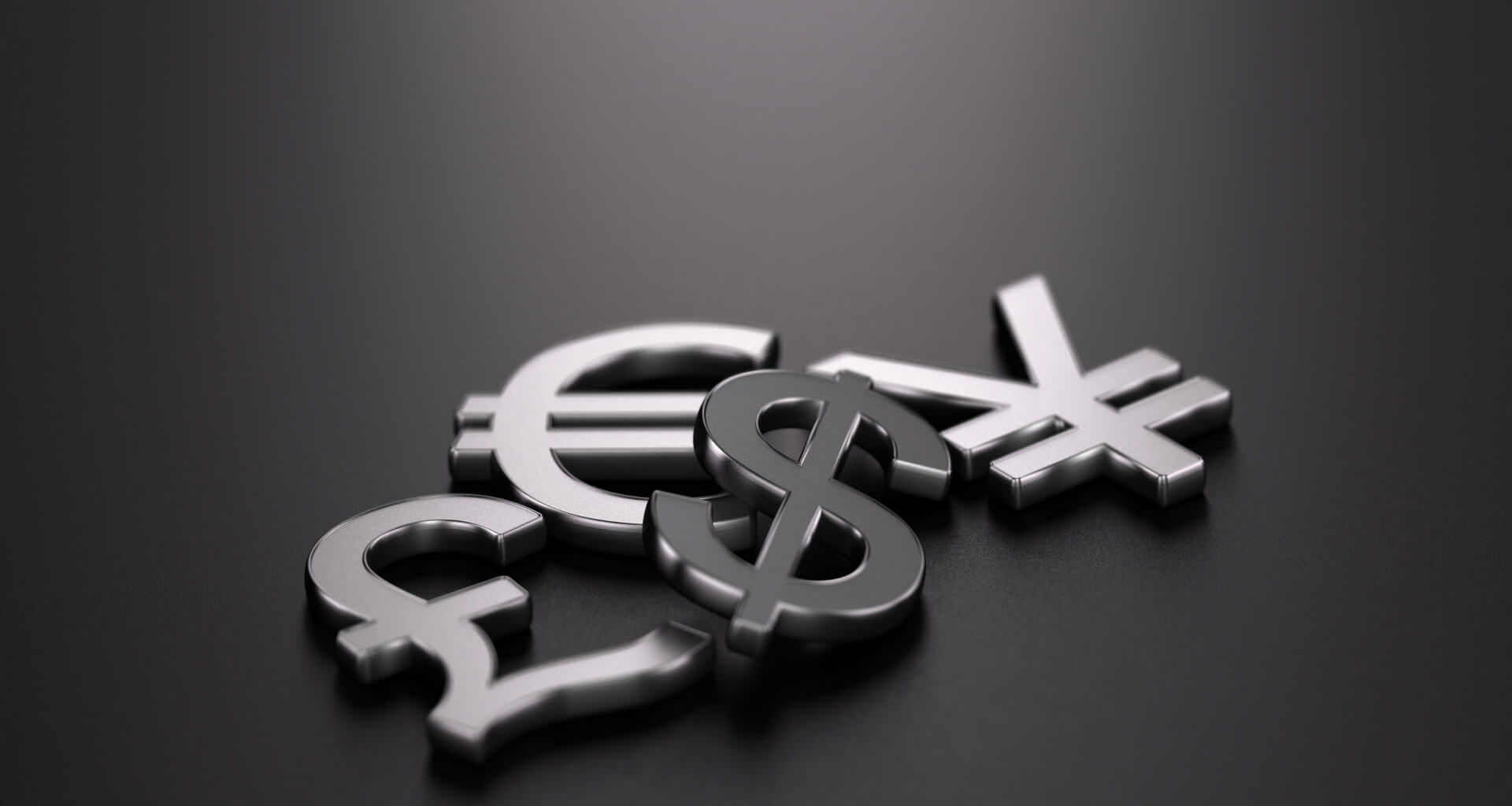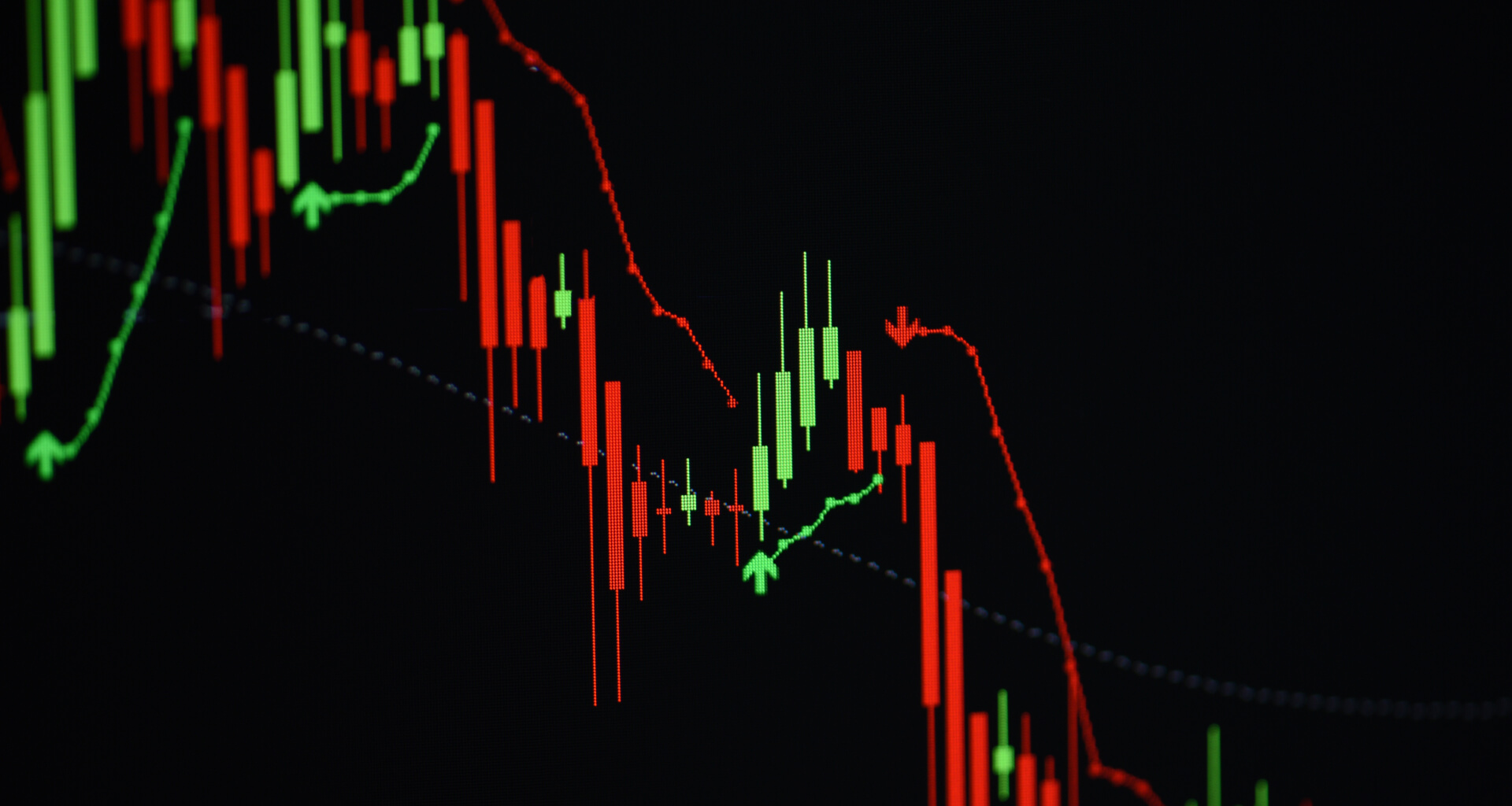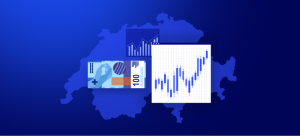If you want to excel in trading, it’s important to know the basic terminology. Pips, one of the most usable words in this realm, definitely should be on your list of “What to study to become a successful trader.” For this reason, we recommend you to read our article, learn what pips are, how they work, and why it’s a topic you don’t want to skip.
What’s the Definition of Pips?
To understand pips, you should first get the concept of a quote. It’s known as the exchange rate of a currency pair. For instance, 1.04920 (EUR/USD) is a quote. It says that 1 euro can be sold or bought for 1.04920 dollars. The last digit of the quote in a 5-decimal quote is referred to as a “point” or “fractional pip” (not a full pip).
It is common to see quotes calculated to 4 decimal places instead of 5, as shown earlier. In these cases, the quote ends in pips, which is the 4th digit (e.g., 1.2182), rather than points, which would be the 5th digit. The 5-digit quotes used in MT4 and MT5 trading terminals provide a more precise price reflection.
A percentage in point, shortly — pip, is the tiniest price movement in trading pairs (most of them). For example, if the GBP/USD price changed from 1.04917 to 1.04916, we can say that the price decreased by 1 point. At the same time, if the quote changed from 1.04929 to 1.04939, we can say that it rose by 10 points or 1 pip.
Please note that the USD/JPY pair differs from other currencies in the context of quotes. This pair is quoted with either 2 or 3 decimal places, such as 152.240. Such a specific feature is applied to some other trading instruments — all depending on the market type and characteristics of the instrument.
Pips in Relation to Spreads
Even if you’re newbie in trading, you might have spotted that pips are often used in relation to spreads. But what is a spread?
Simply put, it’s the difference between a trading pair’s ask (buy) and bid (sell) prices. The buy price is higher than the sell price unless the difference, i.e., spread, between them is zero. To lower transaction costs when selling or buying a currency pair, traders may consider partnering with brokers. They can crucially simplify the trading process, but it’s important to choose your broker wisely and check whether it can provide you with low spreads and a broad range of instruments.
Calculating Pip and Its Value
To check the change in the exchange rate, traders use points, where 1 point is the smallest possible change in the pair’s price. The next larger change is 1 pip, which equals 10 points. Calculating the pip size is not hard. All you need is to simply divide 0.0001 (or 1/10,000) by the quote.
Example
Suppose you check the GBP/USD quote, and it’s 1.27223. You want to buy 5000 USD, which means you’ll need to pay 3930.10 GBP: (1 / 1.27223) * 5000. After the price of the pair drops by 3 pips (or 30 points) to 1.27193, you can sell your 5000 USD to get 3930.84 GBP. As a result of this transaction, you’ll gain a profit of £0.74. While it may not seem like much, if you use a leverage of 1:100, your profit increases to £74. If we’re talking about highly volatile currency pairs, price movements of up to 70 pips are very common. This, in turn, allows traders to make profits on leveraged trades in a single trading day.
Let’s Sum Things Up
A pip is considered to be a basic measure you must understand in trading. It’s the 4th digit in the quote of a currency pair. 1 pip is the smallest movement in a quote. With all noted above, remember to distinguish between points and pips, as 1 pip is bigger, and it equals 10 points. Once you understand how pips work, you’ll be one step closer to your trading success, because calculating pairs is a skill you can’t move without, if you want to make wiser decisions and better analyse the markets.




